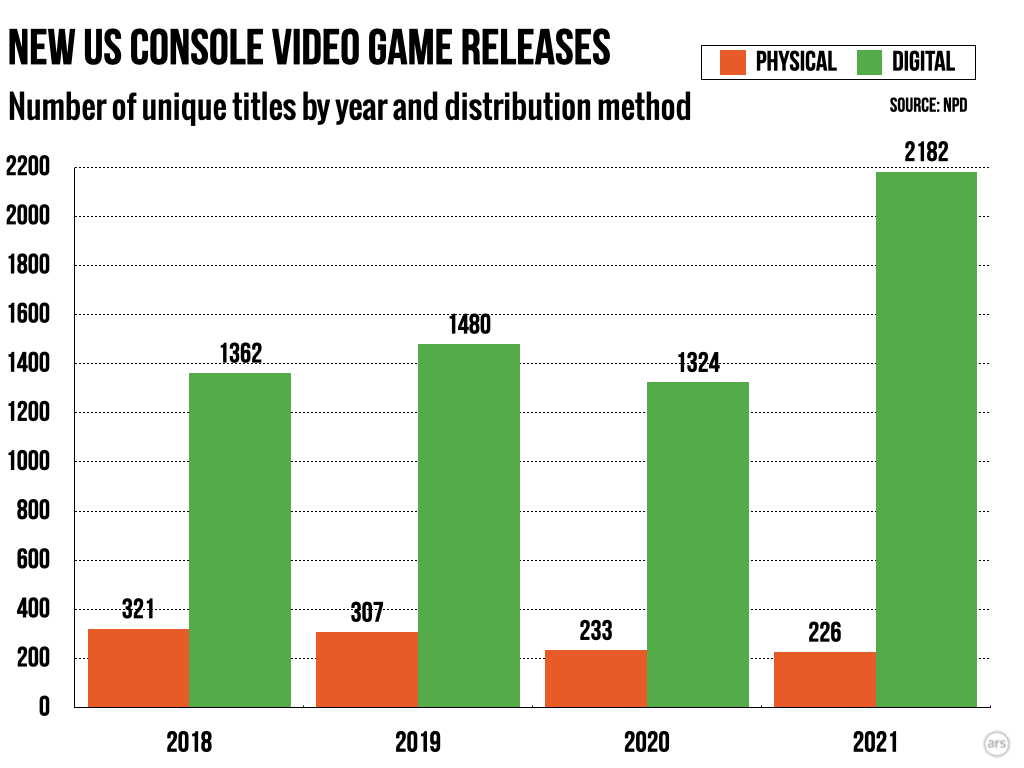
Why Are Physical Games for Nintendo Cheaper Than Digital? Exploring the Price Discrepancy
In the world of gaming, one question that often arises among players is why physical copies of Nintendo games tend to be cheaper than their digital counterparts. This price discrepancy can leave many game enthusiasts confused, especially in an era where digital ownership seems to be on the rise. In this article, we will break down the key factors that contribute to this phenomenon and help you understand the dynamics at play.
1. Supply and Demand
The fundamental economic principle of supply and demand plays a crucial role in the pricing of both physical and digital games. Initially, when a new game is released, both formats may start out at similar prices. However, over time, as the demand for a game decreases and the supply of physical copies remains available, retailers are more likely to reduce the prices of physical games to clear inventory. This can lead to significant discounts on games that are no longer in high demand.
For example, brick-and-mortar stores often face budget constraints and limited shelf space. If a game does not sell well, retailers must make way for newer titles. Consequently, they will often lower the price of unsold physical games to encourage sales, leading to cheaper prices for gamers.
2. Retailer Dynamics
Retailers operate with a different set of challenges when it comes to selling physical copies of games. Unsold inventory represents a loss, not just for the retailer but also for the publisher who distributed the game. Consequently, to mitigate potential losses, retailers tend to offer discounts on older titles more quickly than digital distributors might do.
Conversely, digital platforms can maintain higher prices longer because they are not constrained by physical inventory. Digital stores don’t need to worry about shelf space, so they can continue to offer games at their initial price for an extended period. The lack of urgency to sell unused inventory gives digital retailers less motivation to reduce prices swiftly.
3. The Nintendo Tax
Another element contributing to the price discrepancies is often referred to as the “Nintendo tax.” This term reflects the higher pricing strategy that Nintendo employs for its digital products. Even though digital games lack the physical production and distribution costs associated with physical games, many digital Nintendo games are priced similarly or even higher.
Nintendo’s pricing strategy may stem from the brand’s value and reputation. Players are willing to pay a premium for iconic titles, ensuring that the company maintains its profit margins. Consequently, digital games can often retain more of their initial pricing due to brand loyalty and consumer willingness to invest in quality titles.
4. Convenience and the Value Proposition
One of the most significant advantages of digital games is convenience. Gamers can access their entire library with a click of a button, without the need to swap out physical discs. However, the convenience comes at a price. Digital games typically do not get discounted as quickly as their physical counterparts, partly due to the perception of added value that comes with the accessibility and ease of use that digital games provide.
For some gamers, this convenience is worth the extra cost, while others prefer to wait for physical sales to save money. The differing willingness to pay reflects consumer preferences and behaviors, influencing how both formats are priced over time.
5. The Role of Used Games
The pre-owned game market also contributes to the price discrepancy between physical and digital copies. When retailers sell used copies of games, they can significantly impact the prices of new copies. If a new game has a substantial second-hand market, it can force prices down as consumers opt for the cheaper used options.
Digital games, however, do not have an equivalent used market; they exist in a vacuum where their pricing does not directly depend on resale values. As a result, digital prices can remain stable, unchallenged by market fluctuations caused by used game sales. This keeps digital prices relatively high compared to physical copies, which are often subject to the realities of resale.
Conclusion
In summary, the pricing discrepancies between physical and digital Nintendo games arise from a variety of interconnected factors, including supply and demand, retailer dynamics, the Nintendo tax, and the impact of convenience, along with the absence of a used games market for digital options. Understanding these elements can help gamers make informed choices about how and when to purchase their favorite titles. Whether you opt for physical or digital, being aware of the underlying economics can enhance your overall gaming experience.
